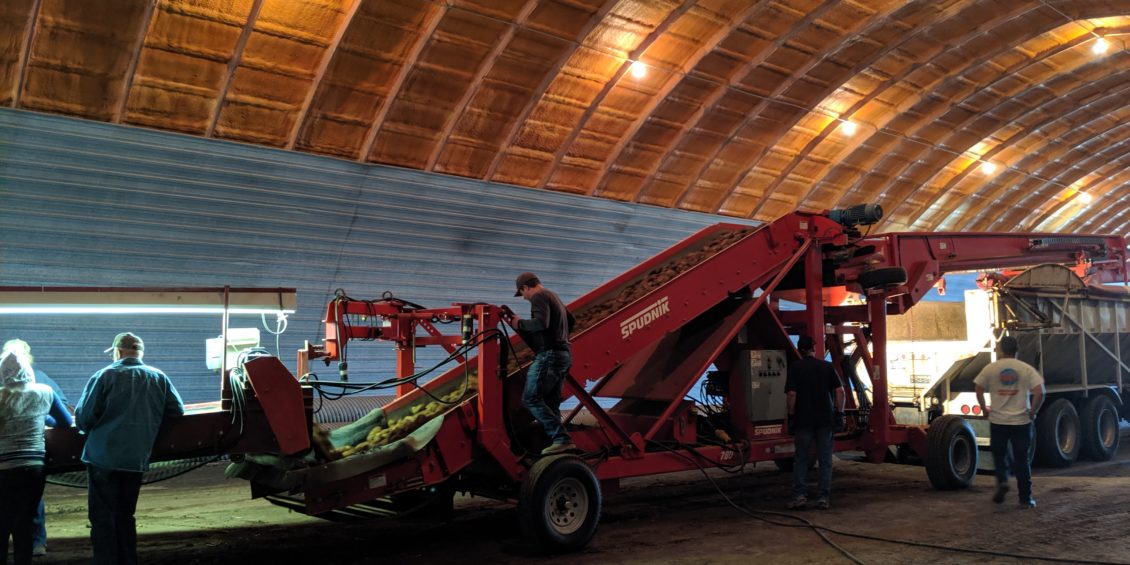
For the last few weeks, we’ve been digging potatoes. It’s not glamorous, and it’s far from straightforward when you consider everything that goes into growing a crop. But I love it, and it’s something I’ve been a part of for 40 years. I want similar, long-term opportunities for our rural communities throughout Idaho.
It’s no secret that a lot of people have moved into the Treasure Valley. It’s a mix of young and retired folks, and the growth has come with both pluses and minuses. I suspect if you ask anyone living from Boise to Nampa about this development, you’ll get an ear full. Overall though, I think we can argue it’s been good for Idaho.
But, once we start to look outside our largest population centers, the story shifts a bit. We see a shrinking population in rural counties like Butte, Clark, Custer, Fremont, and Power County. It creates a bit of a catch-22.
Folks don’t want to move somewhere they can’t find a job, and companies won’t locate in communities without a sustainable workforce. So, as populations move, the services follow suit.
If you live in rural Idaho, you’re probably farther away from a doctor or a hospital. Your kids may have to travel longer to reach school, and those schools may have a difficult time recruiting teachers. Access to high-speed internet may not be easy or even available. Well-paying jobs may be in short supply, possibly from lack of training.
None of these challenges are unfixable, but they all require a willingness to think beyond what works in a city. I believe at the heart of these issues are local solutions that fit what’s happening in individual communities.
I learned a lot about this idea after working with two amazing women, Becky McCray and Deb Brown. While not from Idaho, they both come from rural communities in Oklahoma and Iowa, respectively. They’ve made it their mission to help small towns save themselves. Based on what we’re seeing in other states, it’s clear that the answer to Idaho’s rural challenges doesn’t lie in some one-size-fits-all program.
Instead, we need to start asking a different type of question. What can we do at the state level to get out of the way of local innovation? At the local level, what needs to happen to encourage more participation from people in the community?
One tool that communities may find helpful is the Community Review available through the Idaho Rural Partnership. I’ve loved reading the reports and learning what these communities accomplished. Of course, it’s not a silver bullet, but it’s a great resource that I’m excited to see in our state. If you think a review could help your town, I encourage you to reach out and ask questions about the process.
As always, thank you for the opportunity to serve you. I love this job. Solving our state’s problems, even the small ones, matters. If you have any questions or concerns, please let me know.